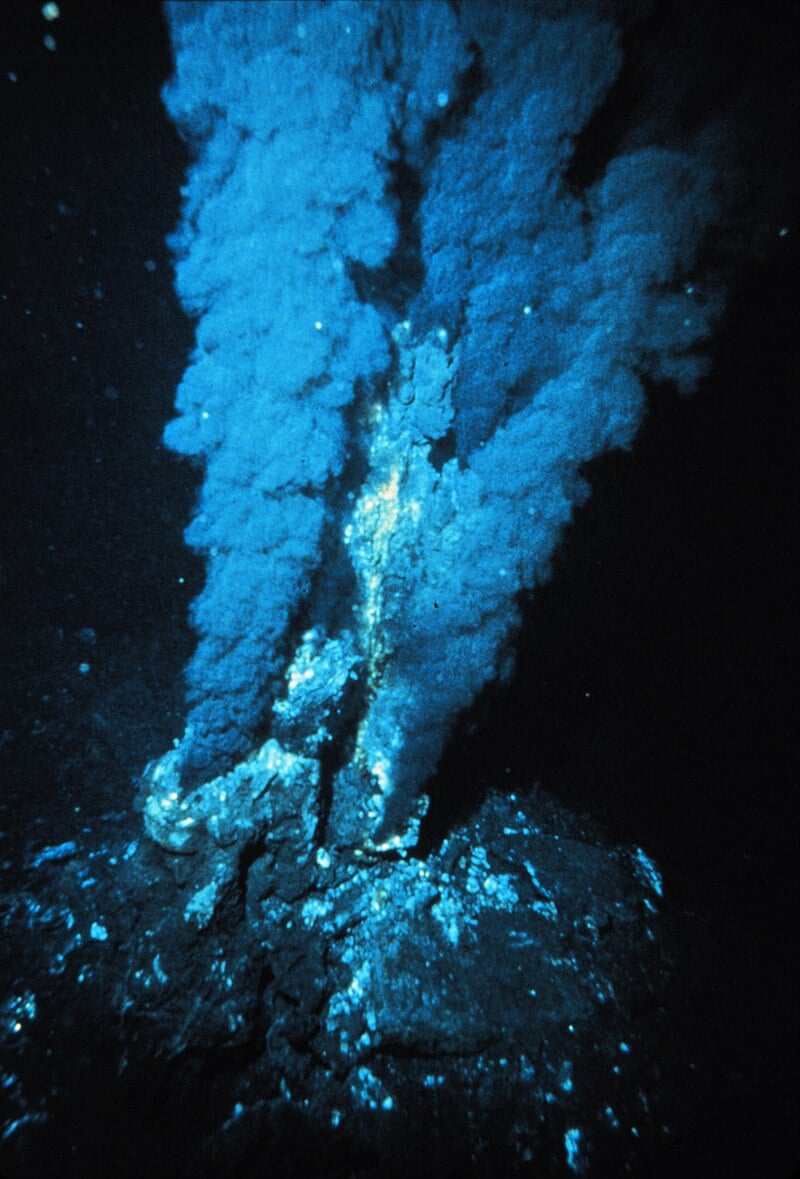Of all the moons in the Solar System, Europa is perhaps one of the most fascinating. With a thick ice shell surrounding a subsurface ocean, astrobiologists hope maybe there is life down there! Finding a way through the ice to explore what's below is one of the biggest challenges. It's possible however that the vital chemicals from life could find their way to the surface and through out into space. A new paper proposes an ultraviolet laser could be used to cause amino acids to fluoresce giving away their presence.
Europa is the sixth largest satellite in our Solar System and the smallest of Jupiter's four Galilean moons. Discovered by Galileo Galilei in 1610, Europa has a smooth, icy surface crisscrossed by a network of cracks and lines, suggesting dynamic geological processes are afoot. What makes Europa particularly interesting is the strong evidence for a vast subsurface ocean of liquid water beneath its frozen exterior, potentially containing twice as much water as all of Earth's oceans combined. This ocean is kept liquid by tidal heating caused by Jupiter's gravitational force, despite surface temperatures averaging about -160°C.
 The Galilean Satellites Io, Europa, Ganymede and Callisto (Credit : NASA/JPL/DLR)
The Galilean Satellites Io, Europa, Ganymede and Callisto (Credit : NASA/JPL/DLR)
If hydrothermal vents exist on Europa's ocean floor then they may undergo a process called serpentinisation, which creates hydrogen and forms organic molecules from simpler compounds. This hydrogen production is important because it provides a key element needed for organic chemistry, potentially supporting life beneath the surface. It's these very conditions and processes that are similar to what's going on at the bottom of our oceans, playing a vital role in the origin of life on Earth.
 Hydrothermal Vent in the Atlantic Ocean (Credit : By P. Rona / OAR/National Undersea Research Program ; NOAA - NOAA Photo Library)
Hydrothermal Vent in the Atlantic Ocean (Credit : By P. Rona / OAR/National Undersea Research Program ; NOAA - NOAA Photo Library)
It's not just under the crust where interesting processes are taking place. Europa's surface is constantly bombarded by charged particles from Jupiter's magnetosphere and ultraviolet radiation from the Sun, which break down organic molecules over time. The paper, authored by a team led by Gideon Yoffe from the Weizmann Institute of Science proposes that aromatic amino acids would be unlikely to form naturally, as a result of non-organic process on Europa, making their presence a possible sign of life.
Their models show that despite the likely degradation caused by the incoming radiation, any biosignatures within newly exposed ice, particularly in high-latitude regions, could still be detected using laser-induced ultraviolet fluorescence. The detectability varies based on location and ice conditions across the moon's surface. When targeted with a suitable laser, these compounds emit distinctive fluorescent light in the 200-400 nanometer range. Targeting regions which are geologically young will increase the liklihood of detection where ocean material has recently reached the surface. This technique could work even from an orbiting spacecraft!
The research shows that certain amino acids (tryptophan, phenylalanine, and tyrosine) can survive in Europa's surface ice for hundreds of years, especially in high-latitude regions, despite the harsh radiation environment. By studying how radiation and sunlight break down these molecules, the team have determined that they could remain detectable in the top millimetre of ice. The discovery is an exciting development as we continue to hunt for life in the Solar System and wider Galaxy.
Source :Fluorescent Biomolecules Detectable in Near-Surface Ice on Europa
 Universe Today
Universe Today
